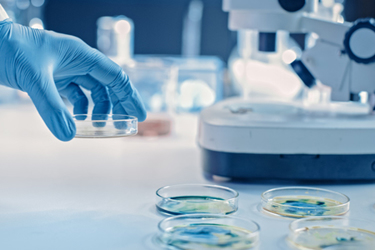How Can Pseudotyping Gammaretrovirus Impact Manufacturing?

Designing the plasmids that will be transfected into producer cells in gammaretrovirus (also referred to as retrovirus) development is a critical step that will ultimately determine transgene incorporation efficiency. The safety and efficacy of the cell and gene therapy (C& GT) end-product are also closely tied to the initial plasmid design.
In retrovirus production, plasmids carrying the essential genes for vector production and the transgene of interest (TOI) are transfected into producer cell lines. The plasmid design techniques implemented typically aim to improve viral titer during upstream processing and improve safety through the removal of unnecessary viral sequences. At this stage, retroviral vector developers will also pseudotype the virus, helping to control cell specificity during transduction.
Viruses in the family Retroviridae, such as retrovirus and lentivirus, have a very simple ssRNA genome which includes long terminal repeats (LTRs) and gag, pol, and env genes. In current practice, these genomic elements are split into three plasmids before transfection into the producer cell. By separating trans and cis elements onto different plasmids, recombination can be minimized and safety improved as a result.
In this blog, we explore the role of pseudotyping in delivering the clinical benefits of C& GTs, as well as how decisions made at this stage in development can impact the manufacturing processes of gammaretroviral vectors.
Get unlimited access to:
Enter your credentials below to log in. Not yet a member of Cell & Gene? Subscribe today.
